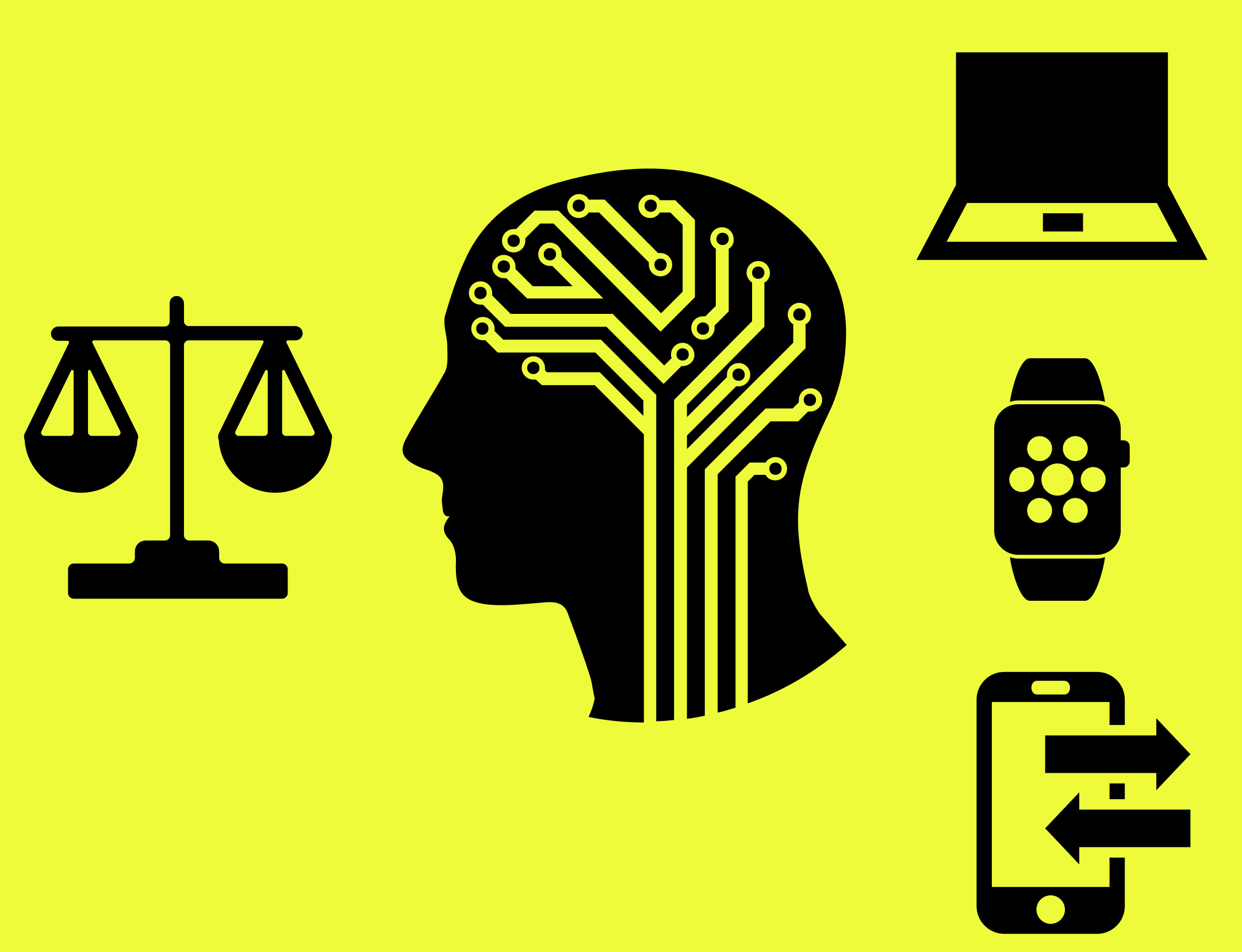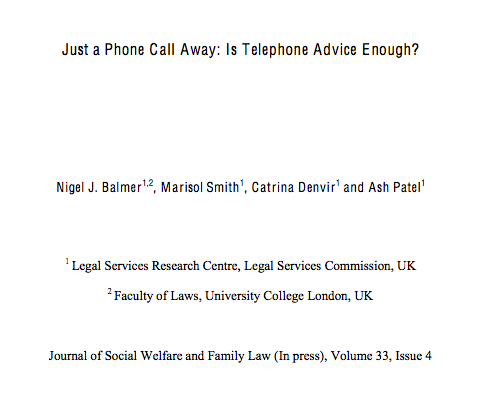Kristina Brousalis pointed me to this Summer 2014 report from Canada about how technology is being used in legal services.
As information and communications technologies (ICT) have rapidly developed since the mid-1990s, so too have organisations in developing and evolving their ICT usage for communication, engagement and service delivery. Social media, email, e-commerce, mobile apps, mobile phones, VoIP telephony and web-based video conferencing are just some of the current tools-of-the-trade available to public and private organisations of all sizes, including government agencies and organisations comprising the justicesystem.This report examines the use of ICT in the context of service delivery by community legal centres and legal services (CLCs), focussing upon the core technologies of telephony, video conferencing and the internet. This report examines each form of technology and highlights its particular advantages, opportunities and limitations. It then examines the use of ICT in the context of CLC service delivery to disadvantaged clients, specifically mental health clients, rural, regional and remote (RRR) clients, homeless clients, victims of domestic violence, Aboriginal and Torres Strait Islander clients and refugee clients.
Here are some of the key takeaways — especially useful to those of us trying to figure out best practices in using tech for access to justice.







